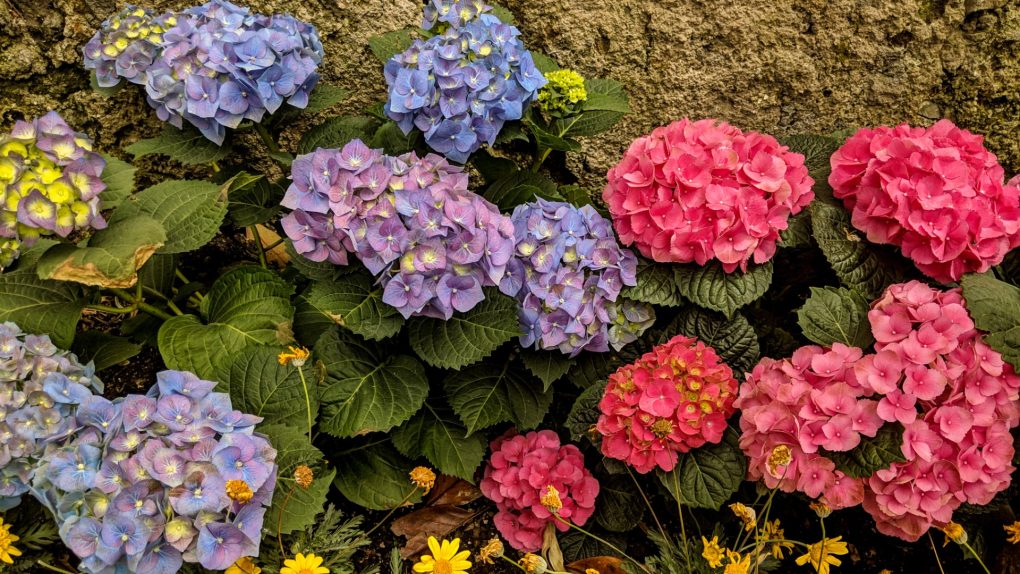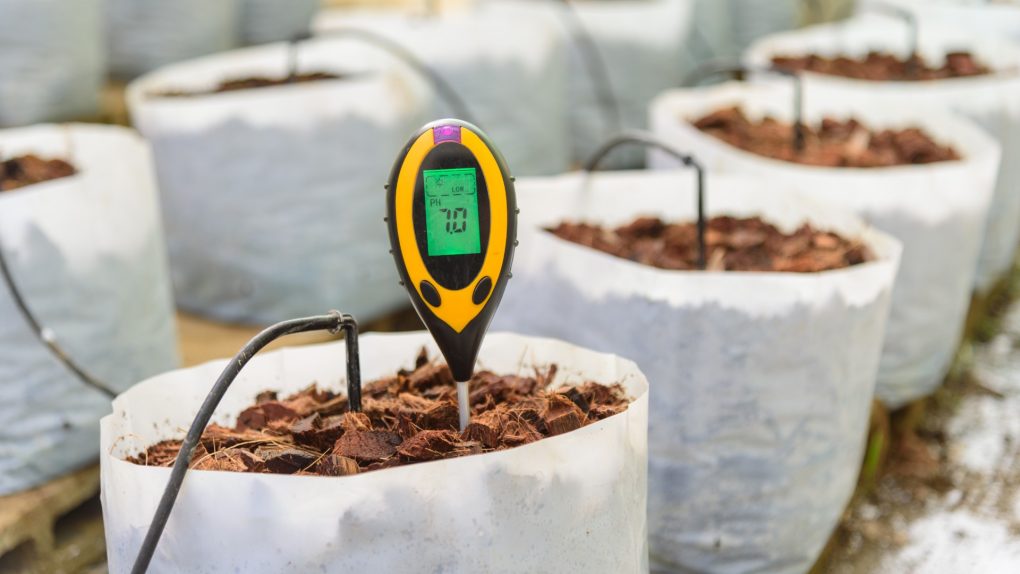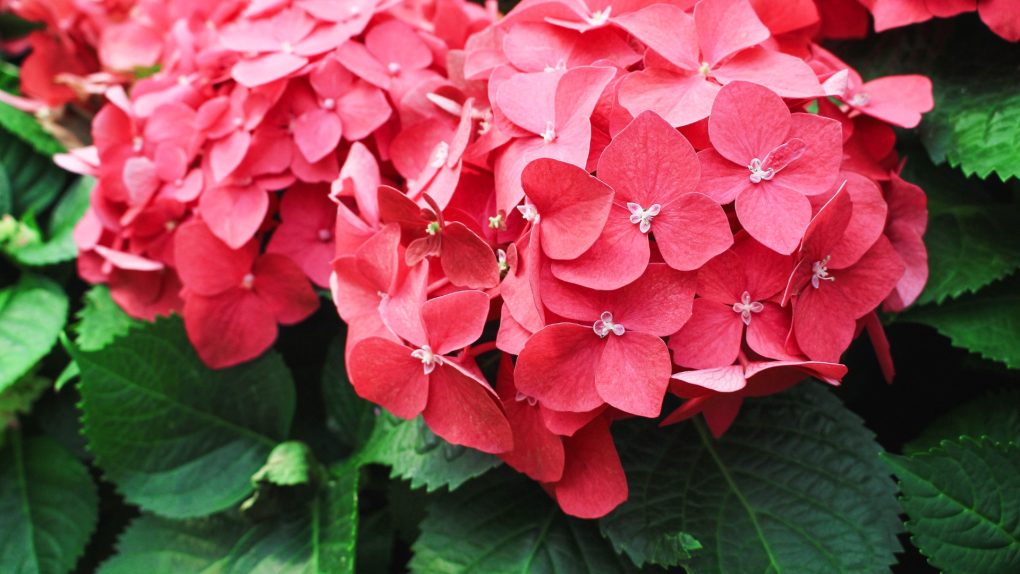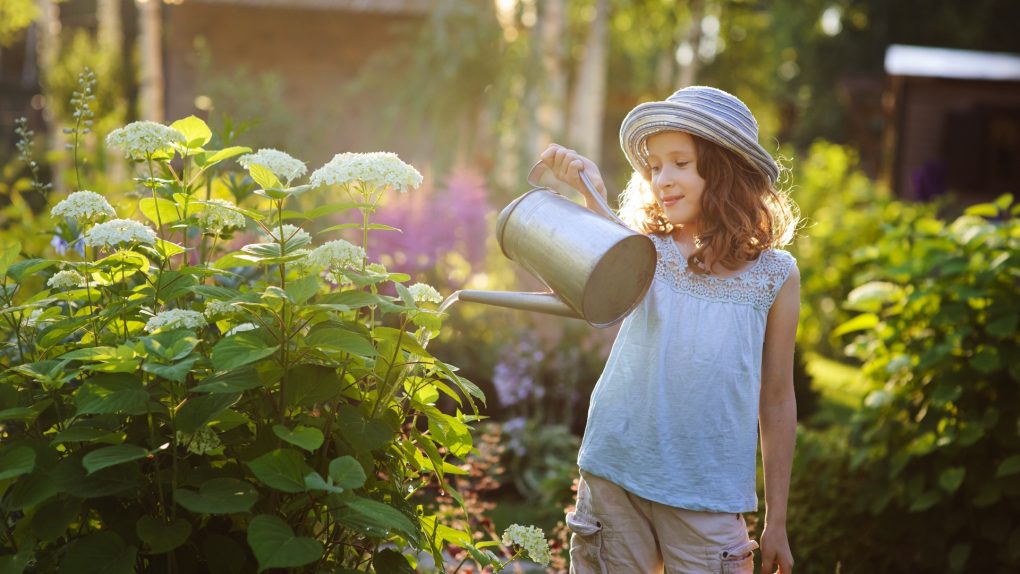Hydrangea: How to Change Color
Hydrangeas are a popular flowering shrub that produces large, showy blooms in shades of pink, blue, white, and purple. While the variety of hydrangea determines the color of the flowers, it is possible to change the color of some types of hydrangeas by altering the soil’s pH level. This process is known as “coloring” or “toning” the flowers and can be done with a few simple steps.

There are several methods for changing the color of hydrangea flowers, depending on the desired color and the current pH level of the soil. For example, to turn blue hydrangeas pink, gardeners can add lime to the soil to raise the pH level. Conversely, gardeners can add aluminum sulfate to the soil to turn pink hydrangeas blue to lower the pH level. It is important to note that not all hydrangeas can be color-changed, and the success of the process depends on the specific type of hydrangea and the existing soil conditions.
Table of Contents
Understanding Hydrangea Color
Hydrangeas are known for their beautiful and colorful flowers. The color of the blooms can range from white, pink, blue, and even purple, but the color of the flowers can vary depending on several factors.
Factors Affecting Hydrangea Color
The following factors can affect the color of hydrangea flowers:
- Soil pH: The soil’s pH level can determine the flowers’ color. Acidic soil with a pH level of 5.5 or lower produces blue flowers, while alkaline soil with a pH of 6.5 or higher produces pink flowers. Soil with a pH level between 5.5 and 6.5 can produce purple flowers.
- Hydrangea species: The hydrangea species can also affect the color of the flowers. For example, the mophead hydrangea (Hydrangea macrophylla) can produce blue or pink flowers depending on the soil pH. In contrast, the oakleaf hydrangea (Hydrangea quercifolia) produces white flowers that turn pinkish-purple as they age.
- Climate: The climate can also affect the color of hydrangea flowers. In cooler climates, hydrangea flowers tend to be more blue, while in warmer climates, they are more pink.
- Age of the plant: The age of the hydrangea plant can also affect the color of the flowers. Younger plants tend to produce lighter-colored flowers, while older plants produce darker-colored flowers.
By understanding these factors, you can change the color of your hydrangea flowers to your desired shade.
Changing Hydrangea Color
Hydrangeas are a popular flowering plant that can add a beautiful touch of color to any garden or landscape. One of the unique features of hydrangeas is that their color can be changed depending on the pH level of the soil they are planted in. Here are some tips on how to change the color of your hydrangeas:

Changing Blue or Pink Hydrangeas to Purple
If you have blue or pink hydrangeas and want to change them to purple, you will need to raise the pH level of your soil. This can be done by adding garden lime or wood ashes to the soil. You can also add dolomitic lime, which will raise the pH level and add magnesium and calcium to the soil. Follow the manufacturer’s instructions when applying any of these products.
Changing Blue or Pink Hydrangeas to Red
If you have blue or pink hydrangeas and want to change them to red, you will need to lower the pH level of your soil. This can be done by adding aluminum sulfate to the soil. Follow the manufacturer’s instructions when applying this product, as too much can harm your plants.

Changing Blue or Pink Hydrangeas to Green
If you have blue or pink hydrangeas and want to change them to green, you will need to lower the pH level of your soil even further than you would for red hydrangeas. This can be done by adding iron sulfate to the soil. Follow the manufacturer’s instructions when applying this product, as too much can harm your plants.
Changing White Hydrangeas to Blue or Pink
If you have white hydrangeas and want to change them to blue or pink, you will need to alter the pH level of your soil as well. To turn them blue, you will need to lower the pH level of your soil, and to turn them pink, you will need to raise the pH level. Follow the steps as outlined above for changing the color of blue or pink hydrangeas.
Remember that changing the color of your hydrangeas can take time and may not happen overnight. Be patient and monitor the pH level of your soil regularly to ensure that it stays within the desired range. You can enjoy beautiful, colorful hydrangeas in your garden with little effort!
Maintaining Hydrangea Color
After successfully changing the color of your hydrangeas, you’ll want to ensure they stay that way. Here are tips to help maintain the color of your hydrangeas:

Caring for Hydrangeas to Maintain Color
Proper care for your hydrangeas is essential to maintain their color. Here are some tips:
- Water your hydrangeas regularly, especially during dry spells. Hydrangeas need moist soil to thrive.
- Apply a layer of mulch around the base of the plant to help retain moisture and regulate the soil temperature.
- Fertilize your hydrangeas with a high potassium fertilizer to encourage blooms and maintain color.
- Prune your hydrangeas in late winter or early spring to remove dead or damaged wood. This will help promote healthy growth and vibrant blooms.
- Avoid pruning your hydrangeas after they have started to bloom, as this can reduce the number of flowers the plant produces.
Protecting Hydrangeas from Environmental Factors
Environmental factors can also affect the color of your hydrangeas. Here are some tips to protect your plants:
| Environmental Factor | How to Protect Your Plants |
| Excessive Sunlight | Plant your hydrangeas in a location that receives partial shade or filtered sunlight. |
| Cold Temperatures | Cover your hydrangeas with burlap or a frost blanket during cold snaps to protect them from frost damage. |
| Strong Winds | Stake your hydrangeas or use a trellis to help support them and prevent wind damage. |
By following these tips, you can help maintain the color of your hydrangeas and enjoy their vibrant blooms for years to come.
